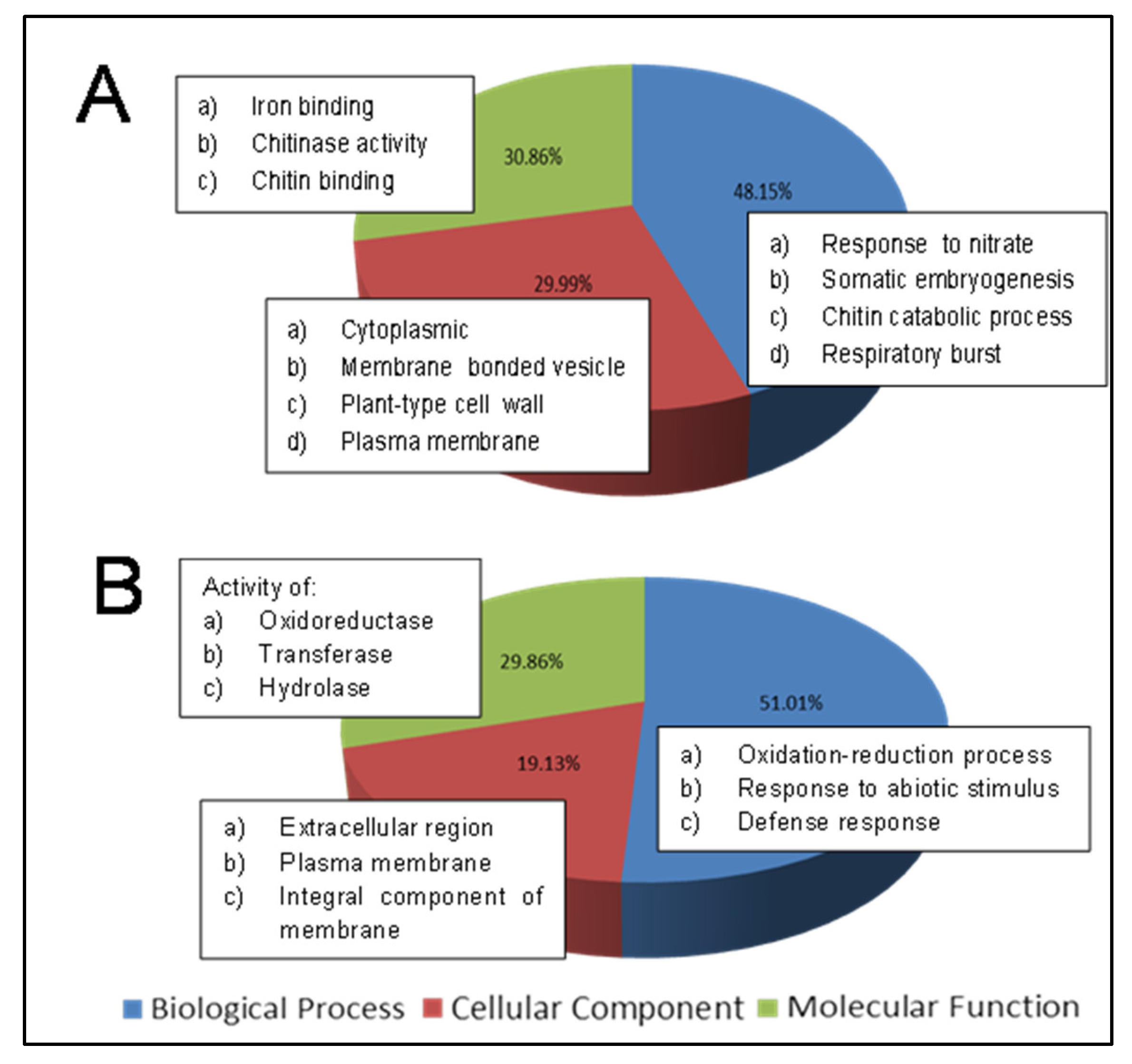
Our results suggest olms to be potential long-term but low-level carriers of B. salamandrivorans infection after experimental exposure and none of the infected animals developed any obvious signs of disease. In contrast to the vast majority of western Palearctic urodele species assessed, olms were shown to be tolerant to persistent B.
#BIO RAD CFX MANAGER CQ VALUES SERIES#
salamandrivorans to olms by a series of laboratory studies into the host–pathogen interaction. Therefore, we here estimated the threat of B. Proactive identification of threats to their survival is necessary since, due to their underground occurrence, olm populations are notoriously difficult to monitor. Although it is protected by national legislation in its range states, the population is declining because of water pollution and habitat disturbance from land use changes occurring above the cave systems 12. Olms have been listed as Vulnerable on the IUCN red list and list of EDGE of Existence program 11 ( ). Until the discovery of a cave fish 8, the olm, Proteus anguinus, was the only known, true troglobiont vertebrate in Europe, which inhabits the underground water of Dinaric Karst in Italy, Slovenia, Croatia, Bosnia Herzegovina and Montenegro 9, 10. salamandrivorans have been classified as: resistant (no infection, no clinical disease), tolerant (infection, no disease), susceptible (infection resulting in clinical disease, with the potential to recover) and lethal (death in the majority of infected animals) 7. Intrinsic host susceptibility is a major predictor of disease severity and impact, and current evidence suggests the level of susceptibility to be rather consistent within a given amphibian species 7. This infection continues to pose a threat especially to small range susceptible salamanders 3, 6. salamandrivorans has brought multiple salamander populations to the edge of extinction 4 and recently emerged in Spain, over 1000 km from the index outbreak site in the Netherlands 5. salamandrivorans infection and may act as a subterranean disease reservoir, yet costs of subclinical infection may compromise olm fitness on the long term.ĭuring the past decades, around 500 amphibian species have declined in Australia, Europe and America due to the fungal disease chytridiomycosis 1, which is caused by two chytrid fungi Batrachochytrium dendrobatidis 2 and Batrachochytrium salamandrivorans 3. The olm is one of few western Palearctic urodeles that is tolerant to B.
#BIO RAD CFX MANAGER CQ VALUES SKIN#
The lack of exponential fungal growth in the olms’ epidermis correlated with limited fungal proliferation and dampened virulence gene expression after exposure to olm skin compounds.

Experimental inoculation of olms resulted in low-level, asymptomatic but persistent infections, with limbs as predilection sites.

We here studied the interaction between olms and B.

Population declines to emerging threats like the chytrid fungus Batrachochytrium salamandrivorans, are likely to go unnoticed due to inaccessibility of the species’ habitat. The olm ( Proteus anguinus) is a vulnerable, troglobiont urodele species with a small European range and restricted to underground karstic systems. Emerging infections add to existing threats to the survival of amphibians worldwide.


 0 kommentar(er)
0 kommentar(er)
